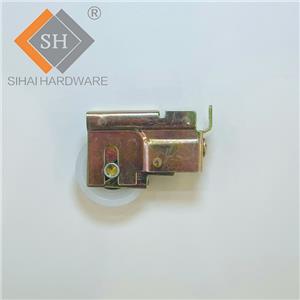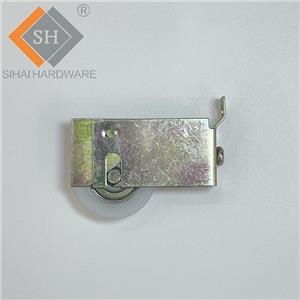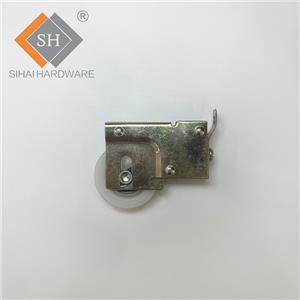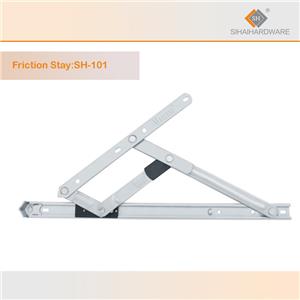ARTICLE NO.71|Industry Standards and Guidelines for Customizing Friction Stay Hinges for Specialized Window Applications:
ARTICLE NO.71|Industry Standards and Guidelines for Customizing Friction Stay Hinges for Specialized Window Applications - Navigating the Complexities of Customizing Window Friction Stay Hinges
In the world of architectural design and window engineering, the demand for customized hardware solutions has never been higher. Among the most critical components in this realm are the friction stay hinges, which play a vital role in the smooth and reliable operation of casement windows.
As window manufacturers and designers seek to push the boundaries of what's possible, they must navigate a complex web of industry standards and guidelines when customizing friction stay hinges for specialized window applications.
Understanding Window Hinges and Friction Stays
Window hinges, in their most basic form, are the pivots that allow a window to open and close. Friction stay hinges, on the other hand, are a specific type of hinge that incorporates a friction mechanism to control the window's opening and closing motion.
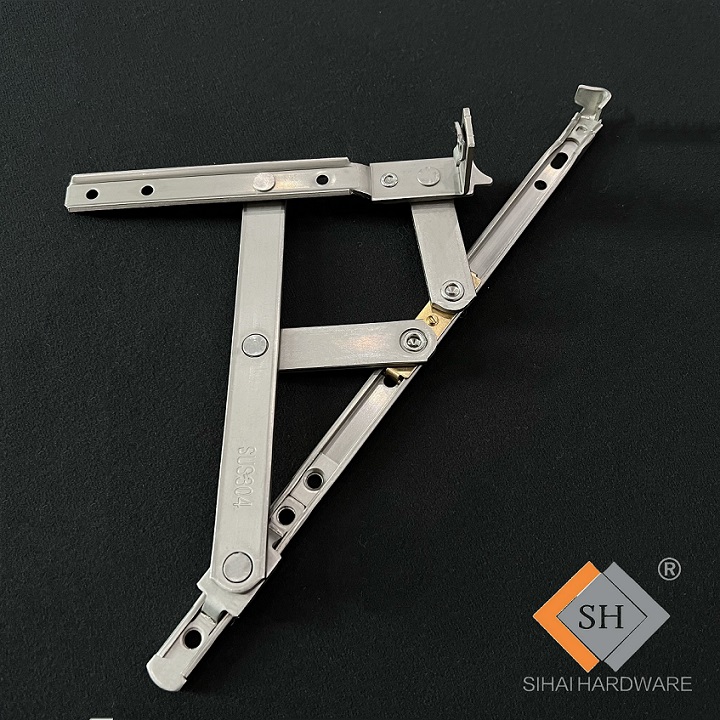
These friction stay hinges are particularly important for casement windows, which are hinged at the side and often require a more precise and controlled opening mechanism. Customizing these hinges allows window designers to tailor the opening and closing experience to the specific needs of the project.
Industry Standards and Guidelines for Customization
When it comes to customizing friction stay hingesfor specialized window applications, there are several key industry standards and guidelines that must be taken into account:
1. Structural Integrity and Safety: Friction stay hinges must be engineered to support the weight and dimensions of the window, ensuring safe and reliable operation. This often requires adherence to standards set by organizations like the American Architectural Manufacturers Association (AAMA) and the International Organization for Standardization (ISO).
2. Performance Specifications: Customized hinges may need to meet specific performance requirements, such as enhanced security, improved thermal efficiency, or specialized locking mechanisms. These specifications are often outlined in industry guidelines and building codes.
3. Durability and Longevity: The customized friction stay hinges must be designed with long-term reliability and ease of maintenance in mind, ensuring a trouble-free performance for the lifespan of the window. Industry standards often dictate minimum requirements for things like corrosion resistance and cycle testing.
4. Aesthetic Integration: While functionality is paramount, the customized friction stay hingesmust also seamlessly integrate with the overall design of the window and the surrounding architectural elements. This requires close collaboration between window hardware manufacturers, designers, and builders.
By adhering to these industry standards and guidelines, window manufacturers and designers can ensure that their customized friction stay hinges not only meet the specific functional requirements of the project but also comply with the necessary safety, performance, and aesthetic considerations.
As the demand for innovative and specialized window solutions continues to grow, the importance of customizing friction stay hinges with a deep understanding of industry standards and guidelines will only become more crucial. By striking the right balance between creativity and compliance, window professionals can unlock a world of possibilities for their most challenging and unique projects.

